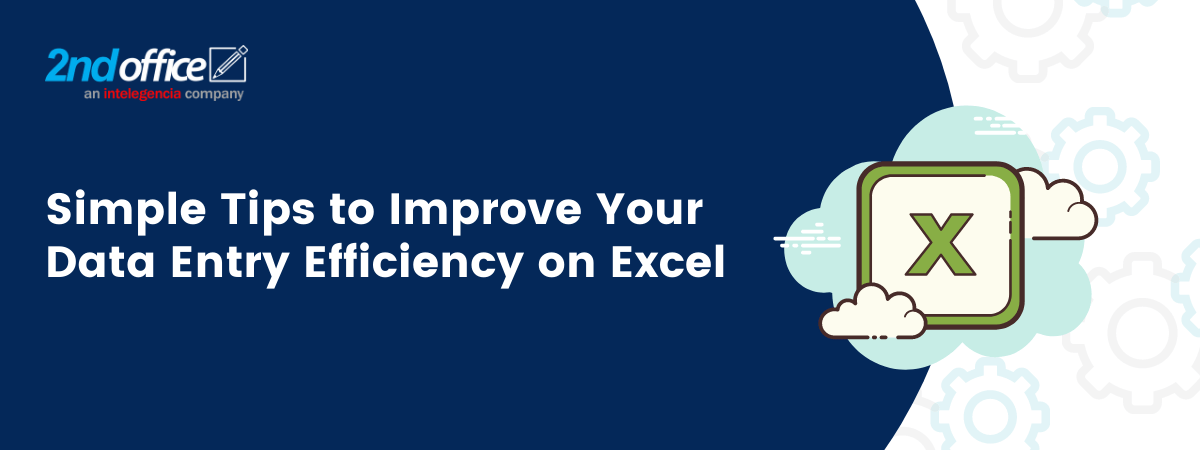
Microsoft Excel is by far one of the go-to applications when it comes to handling data. It contains a lot of features that enable users to seamlessly navigate and perform administrative, reporting, and accounting duties with ease. But repetitively doing manual data entry is time-consuming and could result in inaccuracy or errors, unless you’re willing to get Data Entry Outsourcing Services.
If you want to boost your in-house data entry work processes, here are some tips.
Shortcuts
Make use of Excel’s shortcuts to speed up the process and make things easier when generating data information. The following are general and common keyboard shortcuts that can easily be added to your sheet:
1. Decimal Numbers
If you need to enter data with decimals, simply enable this feature to automatically insert decimals after the number. Head to ‘Options’ under ‘File’ and click ‘Advanced.’ Select the number of decimals and you’re good to go.
2. Fill Down with Control + D
By using the keyboard shortcut Control + D, the contents of the top cell in the column will be duplicated. It will also fill the entire column with formula and format of the cell above it.
3. Alt + Down Arrow
When entering similar data in a column, spare yourself the hassle of typing the same characters by using the shortcut Alt + Down Arrow. This shortcut will show a list of all the entries present in the column.
4. Insert Date/Time
Automatically insert date and time in Excel whenever you need them. Type in Control + ; (semicolon), to enter the current date, and Control + : (colon key) for time.
Use Data Entry Form
Use Excel’s Data Entry Form when you need to add or edit existing records. It enables users to fill out the details in a dialog box instead of directly adding to the work file. This feature is perfect for large data sets as it removes the hassle of scrolling through various keys and columns. The Data Form feature isn’t available on Excel’s ribbons, so you have to set it up manually by adding it to the Quick Access toolbar.
Focus on Working Area
Removing unnecessary rows and columns not only hides and protects data, but it also enables users to concentrate more on worksheets. It helps them focus by preventing them from navigating other areas, while keeping the sheet organized.
Set Defaults
Consider modifying the default settings permanently if you are continuously resetting and controlling the sheets. The elements you can adjust are font style and size, gridlines, column widths, and layout. After saving, changes will automatically be applied whenever a new workbook is opened. Incorporate these simple tips whenever you use Microsoft Excel and your work performance will improve in no time. You could also choose to go the other path and hire Data Entry Outsourcing Services, so you could focus on the bigger picture – scaling and strategy.

